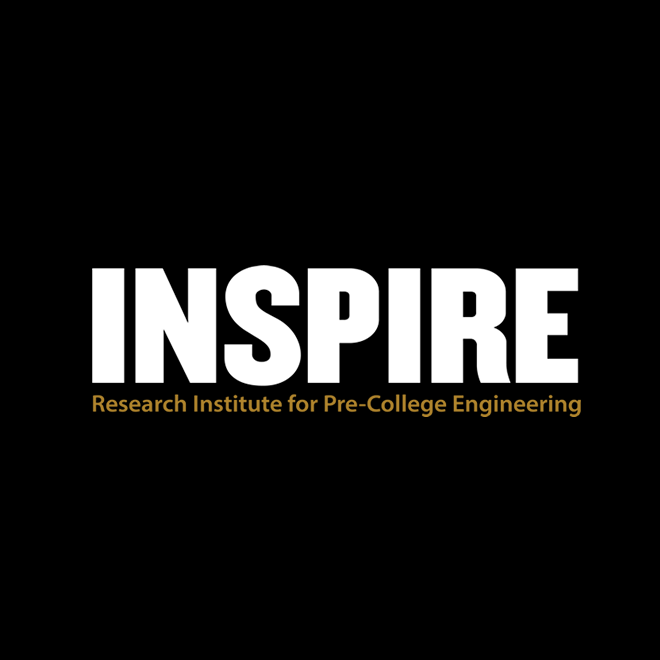Author ORCID Identifier
Kadir Kozan: https://orcid.org/0000-0002-8241-5597
Secil Caskurlu: https://orcid.org/0000-0001-8716-9586
Siddika Selcen Guzey: https://orcid.org/0000-0002-7982-3960
Abstract
Earlier integrated science, technology, engineering, and mathematics (STEM) education research has shown effects on students’ attitudes toward STEM careers, actual and perceived learning, and interest in pursuing a STEM career in their future endeavors. The current systematic review purported to review the recent K-12 integrated STEM education research to determine (a) the factors that influence student outcomes and (b) the general characteristics of reviewed studies. Overall, the results (a) showed that most studies focused on integrating at least three subject areas; (b) highlighted four main factors (i.e., instructional, teacher-related, student-related, and extracurricular factors) that jointly influence student outcomes; and (c) revealed that science is the most frequently integrated main field followed by engineering. Engineering also turned out to be a connector in integrated STEM together with technology. The results led to various implications for both in-class practice and future research on K-12 integrated STEM education.
Recommended Citation
Kozan, K.,
Caskurlu, S.,
&
Guzey, S.
(2023).
Factors Influencing Student Outcomes in K-12 Integrated STEM Education: A Systematic Review.
Journal of Pre-College Engineering Education Research (J-PEER), 13(2), Article 1.
https://doi.org/10.7771/2157-9288.1315


